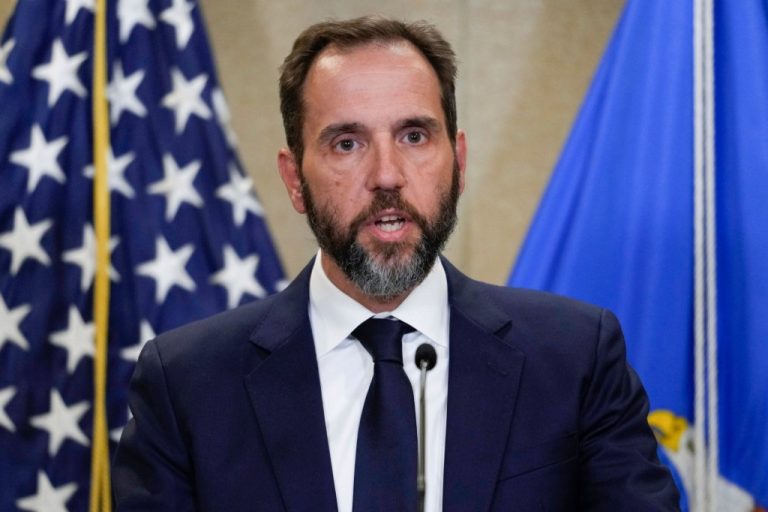
According to a new report from by the blockchain data firm, U.S. institutional investors dominated on-chain transactions in the one-year period despite regulatory pressure.

North America accounted for nearly a quarter of all crypto transactions globally.
Photo by Domino on Unsplash
Posted October 24, 2023 at 12:44 pm EST.
North America accounted for 24.4% of global crypto transactions between July 2022 and June 2023, according to a new report from blockchain data firm Chainalysis.
The region had an estimated $1.2 trillion in on-chain value during the period, which makes North America the largest crypto market that Chainalysis studies.
The United States dominates the North American crypto activity, driven by institutional activity, according to the Chainalysis 2023 Geography of Cryptocurrency Report. More than three quarters of that transaction volume includes transfers of $1 million or more. How the money is transferred is split fairly evenly between decentralized finance (DeFi) and centralized exchanges.
Institutional activity started to sharply retreat after the collapse of centralized crypto exchange FTX in Nov. 2022, and there was an even larger retreat in March, when the crypto-friendly banks Signature, Silvergate and Silicon Valley Bank collapsed. On-chain activity began to slowly recover in June, according to Chainalsys data.
Stablecoins, particularly those pegged to the dollar, were once the most popular type of crypto asset. However, the stablecoin share of overall transactions in North America dipped drastically between February and June, dropping from 70.3% to 48.8%.
The timing coincides with the institutional pullback after the bank failures, but regulatory challenges also remain significant..
The U.S. Congress has has yet to pass either of two stablecoin bills, the Clarity for Payment Stablecoins Act or Responsible Financial Innovation Act that would protect consumers but also allow the stablecoin market to grow. .
The impasse comes as crypto users are increasingly turning to stablecoin transactions involving trading platforms and issuers that are abroad to avoid the potential regulatory hurdles.
“There continue to be important debates around the regulation of stablecoins, such as the appropriate role of state regulators in registering and supervising stablecoin issuers,” Jason Somensatto, head of North America Public Policy at Chainalysis, said in the report. “These debates are resolvable and should be solved soon in the interest of global competition and necessary regulation.”







